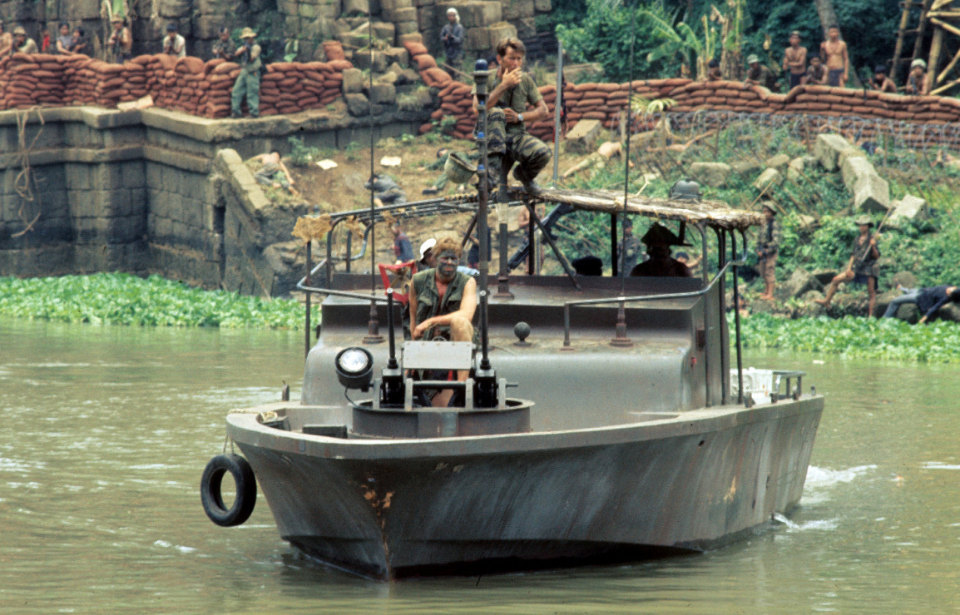The Patrol Boat, River – commonly known as PBR – was a nimble, speedy riverboat commissioned by the US Navy, for use during the Vietnam War. The vessel could easily traverse the shallow, weed-filled waters of Vietnamese rivers, and was equipped with a variety of weapons that made it a lethal combatant against enemy vessels.
PBRs were developed from pleasure boats
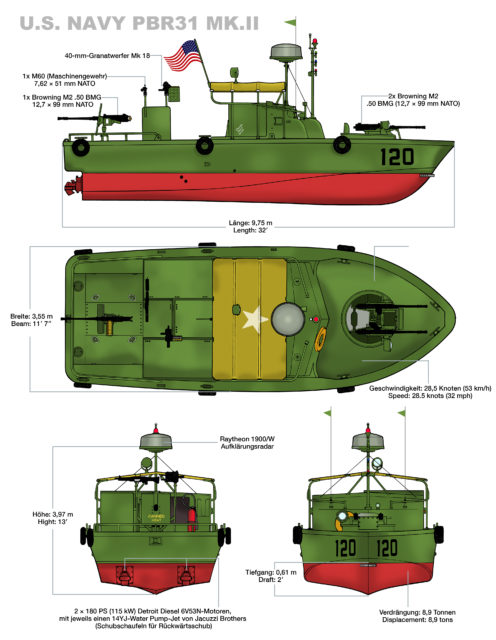
The Patrol Boat, River was designed by Willis Slane and Kack Hargrave of Hatteras Yachts. Within seven days of meeting with US Navy officials, the designers had a prototype that included a hull based on that of an existing Hatteras Yachts vessel. When all was said and done, the PBR took elements and inspiration from a pleasure boat manufactured by Uniflite.
In October 1965, after viewing the prototype, the Navy awarded a contract for 140 vessels, 11 of which were delivered by March 1966 to commence Operation Game Warden, the American mission to prevent the Viet Cong from accessing resources along the Mekong Delta.
Over the next few years, some 300 PBRs were delivered to the US and South Vietnamese forces, and served in the Vietnam War from 1966-75.
Built for Vietnam’s shallow, weed-filled rivers
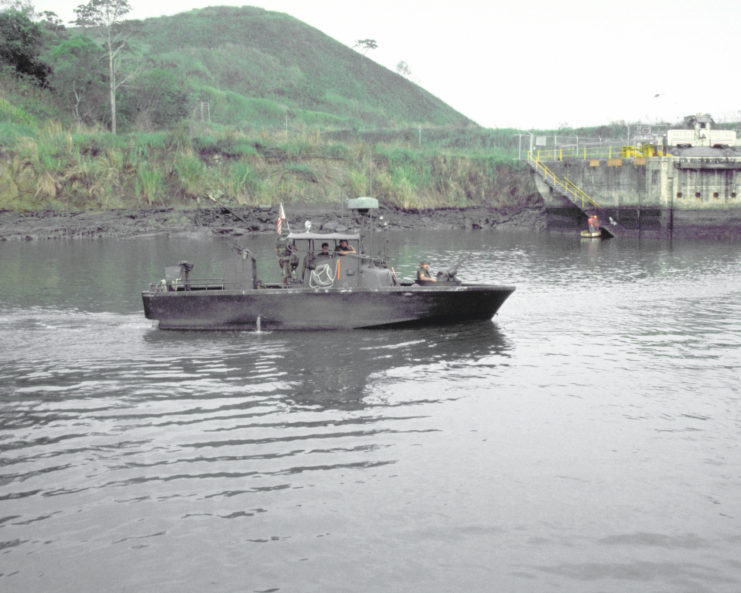
The Patrol Boat, River was a small, rigid-hull patrol boat constructed from fibreglass. Two variants were manufactured: the Mark I and Mark II. They shared a number of similarities, with the main difference being that the Mark II was fitted with a longer hull. The Mark I measured 31 feet, with a 10-foot, seven-inch beam. The Mark II, on the other hand, was 32 feet long and had a beam that was a foot wider than its predecessor.
The PBR’s construction allowed it to easily pivot, turn swiftly and tightly, and come to a full-stop within a short distance. It also only drew two feet of water when fully-loaded, which made it the perfect patrol boat for Vietnam’s shallow rivers full of flora. The cabin, where most of crew resided, was protected by ceramic-based armor, and there was also a separated forward armament tub operated by a single crew member, located at the bow.
Its maneuverability allowed it to travel through locations along the Mekong Delta that other American vessels couldn’t. Given this, it was the primary vessel used by the US Army’s 458th Transportation Company (LARC) and the River Patrol Force, Task Force 116.
Each was typically operated by a four-man crew: a first class petty officer, who served as captain; a gunner’s mate; an engineman; and a seaman. All were cross-trained in each position, in the event someone was unable to perform their duties. Along with these four crewmen, an interpreter was sometimes present to serve as a navigation aid.
PBRs were stacked with weaponry
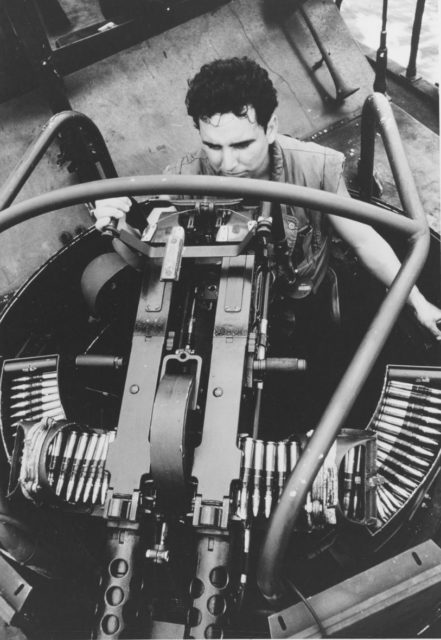
Each Patrol Boat, River was equipped with a plethora of weapons, meaning it could hold its own in a firefight. The forward bow turret had twin M2HB Browning heavy machine guns, while the rear pintle mounting was equipped with either a single Browning or an M60 light machine gun. The pintle mounting amidship featured either an Mk 19 grenade launcher or a single Browning.
PBRs could also hold 81 mm mortar launchers, Mk 16 Mod 4 Colt 20 mm automatic cannons and flamethrowers, and had a full complement of hand grenades, shotguns, M16 rifles and .45-caliber ACP handguns manned by the crew.
Earning the Medal of Honor aboard a PBR
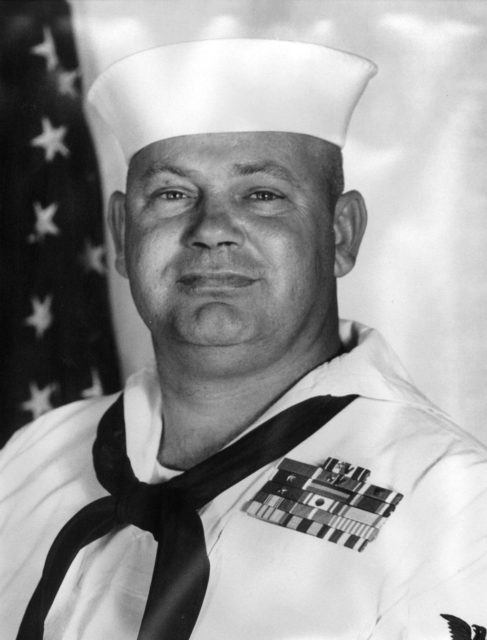
There are several instances where PBRs and their crews engaged with the enemy. One such instance occurred in October 1966, for which BM1. James E. “Willie” Williams was awarded the Medal of Honor for his bravery.
Williams was the captain of PBR-105 and another patrol boat tasked with searching for Viet Cong guerrillas along a section of the Mekong Delta. While doing so, the group came under heavy fire from two enemy sampans and immediately engaged with those aboard the vessels.
Williams’ men successfully killed the crew of one of the enemy boats and caused the other to seek refuge. While pursuing the sampan, they were met with heavy small-arms and rocket-propelled grenade (RPG) fire from guerrillas hidden behind brush along the riverbank.
To counter, Williams exposed himself to the enemy fire to direct his crew. They were heavily outnumbered, so the captain called for aerial support from American Bell UH-1B Iroquois helicopters. As they maneuvered the river, PBR-105 came upon an even larger concentration of enemy boats and troops. Choosing not to wait for the choppers, Williams, instead, led his men through the intense gunfire.
By this point, it had gotten dark, and Williams ordered that the PBRs’ searchlights be turned on, despite the target that would inevitably be placed on the vessels. They, again, engaged with enemy forces stationed onshore. Through Williams’ direction, his crew wound up destroying over 50 Viet Cong vessels and took out an estimated 1,000 guerrillas.
More from us: HMS Victory: The World’s Oldest Warship Still In Commission
Are you a fan of all things ships and submarines? If so, subscribe to our Daily Warships newsletter!
On May 14, 1968, US President Lyndon B. Johnson presented Williams with the Medal of Honor, just one of the numerous decorations he received throughout his career in the US Navy.
